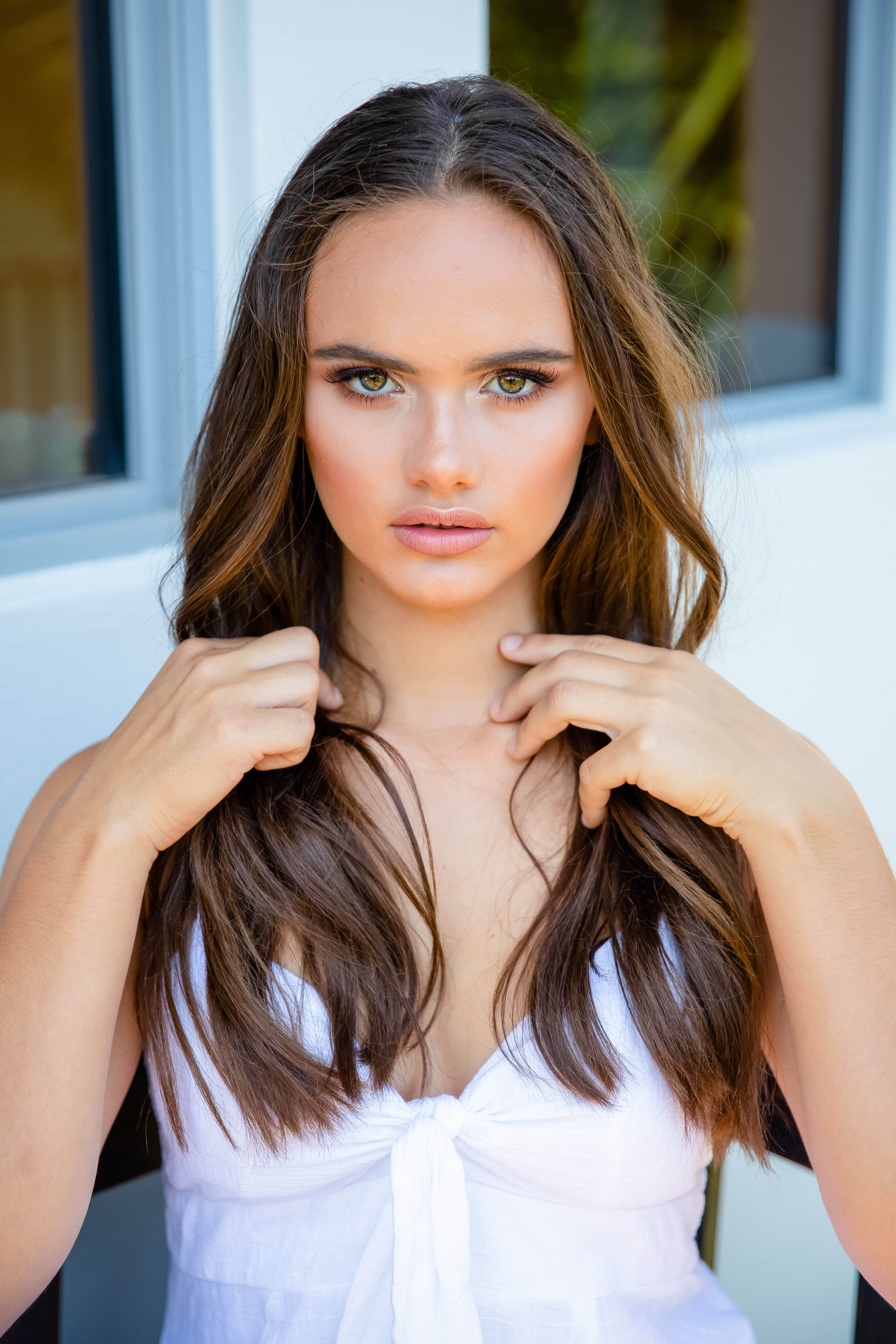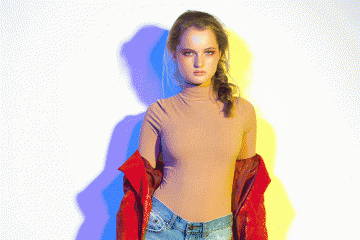The Beginner's Guide to Product Photography
If a picture is worth a thousand words, a sensational product photo deserves a thousand web site check outs. Although I do not have data to support that statement (yet), product photography can be exceptionally useful to your ecommerce web site strategy.
To reach your target audience members who like purchasing online, you additionally need to provide your target market clear, distinctive photos of your products.
Yet product photography isn't as easy as aiming as well as firing. Also the most standard items require the proper equipment, lights, and space to generate lovely images that offer consumers right from the purchase web page.
6 Product Photography Tips (and Examples) for Taking Pictures That Offer
Right here are the suggestions, examples, and also products you'll require to properly photograph and also market your products in a way that makes your visitors as well as leads want to convert.
1. Don't be afraid to use your smartphone's electronic camera.
This is the part where I'm meant to convince you to buy a premium, 50-megapixel (MP) camera with a 100-millimeter screw-on lens. Yet I'm not going to do that.
If you already own a cam that fits this description, take advantage of it. But for several kinds of items, it's entirely acceptable to shoot product pictures on a mobile phone.
More recent smart devices flaunt effective electronic camera lenses and settings that allow you to maximize your shots for the various sorts of light as well as atmospheres you may shoot in.
If you need more persuading, just check out Apple's Shot On An apple iphone campaign and the images that have arised from it throughout the years such as this:
2. Shoot from a tripod for photo consistency.
Before clarifying tripods, I'm bound to begin with a cardinal rule: Don't prop your phone versus something durable to intend your lens towards the topic.
It's just also simple for this makeshift configuration to glide around throughout the shoot and also create disparities in your pictures' appearance. If you relax your cam on, state, a pile of books, just make certain this setup does not alter over the course of the shoot.
There's no injury in holding your camera on your own when firing simply a few product photos for your ecommerce website. But as your company expands, and also you take much more photos of even more items, it can be difficult to systematize the product's alignment in each photo when firing handheld.

To make sure consistency throughout your products, you'll need a tripod. And fortunately, buying one isn't constantly the large, industrial-sized financial investment it used to be.
Right here are two types of tripods to consider.
Standard vs. Versatile
This is a custom tripod-- there are standard tripods available for both cameras and also smart devices.
A adaptable tripod can be manipulated in a variety of methods. You can bend its legs as well as place it on different surface areas to get the angle you need.
Mobile Grip
There's usually a screw on the top of your tripod which attaches to your cam to hold it in position. The bottom of most professional-grade video cameras has a screw opening just for this objective, yet smart devices can make use of the adhering to adapter:
The adapter grasps the sides of your mobile phone and can screw into either type of tripod, permitting you to run the video camera controls with the phone display facing outside and also towards you.
Once you establish which place you'll need, set it up in front of your product, and consider placing three items of tape on the ground to mark where you would love to keep each leg of your tripod throughout the shoot.
3. Choose all-natural light or fabricated light.
Never take too lightly just how particular types of light can boost (or prevent) your product photography. Keep in mind, purchasers obtain the most effective check out an product personally, where they can see whatever they need to before purchasing. The ideal lights plan assists you disclose those vital decision-making product functions when all internet site visitors need to go on is a photo.
A single illumination arrangement might not work for every product-- a lights setup that helps some items could weaken the look of others.
There are two sorts of light you can pick as your main light: natural and man-made light.
Natural Light
All-natural light describes sunshine-- basic as that. It's additionally referred to as "soft light" due to the fact that the sun casts a larger, softer range of light than, say, a light shining directly on the product. Ecommerce product shots grow in all-natural light if:
The product is shot outside or indicated to be utilized outside.
The product is utilized by, endured, or shot with a individual (people have a tendency to look far better in all-natural light).

You're attempting to stress the product's environments, instead of specific attributes of the product.
Below's an instance of a shot utilizing all-natural light:
Man-made Light
Artificial light includes candles, fire, and extra frequently, light bulbs. It's likewise described as " tough light" because it produces a smaller yet much more concentrated light surface. This kind of light caters to products with physical details that need to be highlighted to thrill an on-line shopper.
As a basic guideline, stay with just one type of light per photo-- natural or artificial. Including all-natural light to an artificially lit photo can soften a product that's indicated to look sharp, and including man-made light to a naturally lit photo can develop a product that's suggested to look soft. You don't wish to enter your own means.
4. Fill or bounce your light to soften darkness.
Whether you utilize natural light or synthetic light, you'll need to lessen the darkness that any type of potential hard light casts on the contrary end of a product.
There are 3 ways to do this:
Fill up Light
Include an additional, https://www.sharedmoments.com.au/product-photography/ less-intense light to supplement your primary light. This extra light is called your fill light as well as is utilized as a counterbalance to soften the all-natural darkness your primary light generates behind an things.
To do this, position your fill light opposite your main light so your product rests in between both lights.
Flashbulb Bounce Card
A bounce card, or reflector card, is a little card that " mirrors" or "bounces" the main light back onto the surface area below your product to minimize shadows.
Some bounce cards attach to the flashbulb of a expert camera lens to diffuse the light from the camera's flash. This card splashes a softer light onto the subject from above your set-- as opposed to directly at it-- so you don't have lengthy shadows trail behind the things you're firing.
Standalone Bounce Card
If you're shooting from a mobile phone, a flashbulb bounce card isn't an alternative, because you don't have a physical flash you can connect it to. Instead, make your own standalone bounce card placed contrary your main light.
For novices to product photography, this bounce card can effectively replace your fill light, which counters the hard light from the camera flash or light that's dealing with toward the front of your product.
5. Make use of a move or picture mode to highlight the product.
There isn't one best way to position your product, lights, as well as bounce cards-- they can transform dramatically relying on your history. But do not pick a history based on what's simplest to develop. Backgrounds ought to look like how you desire your customers to perceive your product when watching it online.
Think about initially whether you would certainly such as a white background or a more dynamic, real-world history. There's an simple means to achieve each one.
White History: Move
For white backgrounds, it's not as simple as establishing a table versus white drywall. Also smart device cams can pick up little acnes on a white wall surface that you would not discover with the nude eye. To catch a perfect white background without corners or blemishes, make use of a sweep.
A move is a huge bendable sheet of paper, whose bottom function as the surface underneath your product and then contours up into a white wall behind the product.
On camera, the sweep's curve is unnoticeable, emphasizing vital product details and allowing the item to have all of a site site visitor's interest.
Real-World History: Picture Mode
Dynamic, real-world backgrounds are really appealing when shooting items that have a certain use or are being designed by a individual-- as you saw aware of the brief-case previously in this guide.
However, it's easy for a real-world background to steal the focus of the photo, making it unclear which thing in the photo you're actually marketing.
Give your product deepness as well as focus with portrait mode, a image setup on many expert cameras, as well as additionally offered on numerous new mobile phones. This setup blurs the background so the context of the product is clear but not contending against the product itself.
Below is a super awesome photo of a HubSpot pen taken in portrait mode on a Google Pixel 2 (I took this photo myself). You can inform the pen rests on a workdesk with a computer behind it, but the pen is still the prime focus for viewers:
6. Shoot a selection of pictures.
My last ecommerce photography tip to you is to not quit at one photo per product. Equally as your clients look, hold, utilize, and also even try out goods in a shop, your website needs to shoot a range of photos to replicate this extremely experience.
If you're firing clothes, as an example, capture the garment of clothing alone-- that is, expanded on a white surface area-- in addition to on a mannequin whose shade contrasts the color of the product.
After that, for added images, have the clothes modeled on a individual, enabling you to take pictures of the product from the individual's various positions and also angles.
Product Photography Set Up

Next, let's summarize what we just got-- here's a listing of fast product photography set-up tips that you can refer to as well as share on your team:
• Choose a camera-- whether or not that indicates utilizing your smart device.
• Get a tripod that works for your cam of option.
• Select all-natural or artificial illumination-- consider which choice is best for your product and atmosphere.
• Determine whether you'll fill up or bounce light.
• Select move or picture mode.
• Take a number of various photos to use your audiences range.
Begin With Your Product Photography
Do not really feel obligated to buy every pointer as well as piece of equipment at the same time. Apply these product photography ideas gradually to see what makes your store look the most nice, as well as alter your method as your photography chops improve.